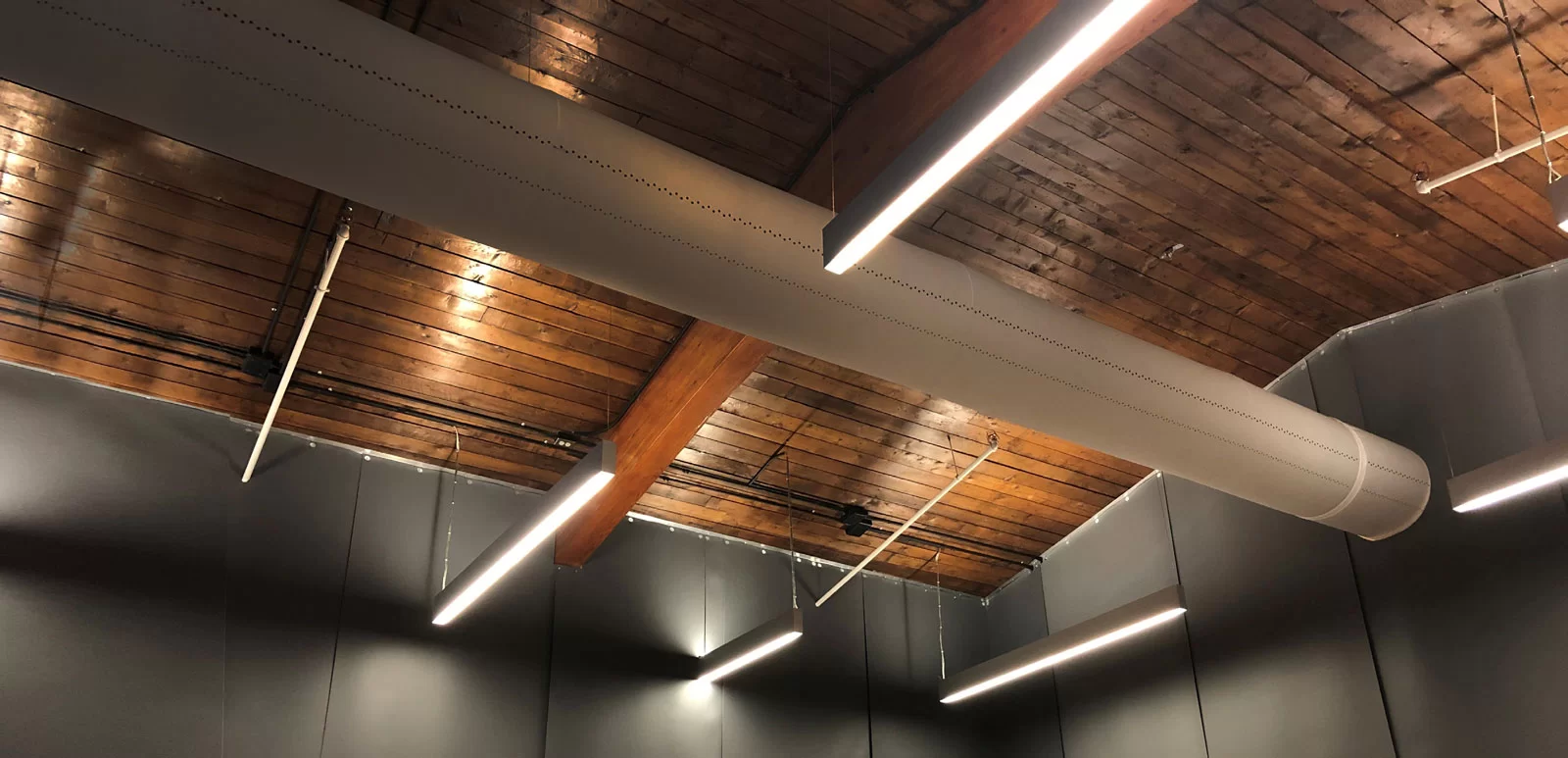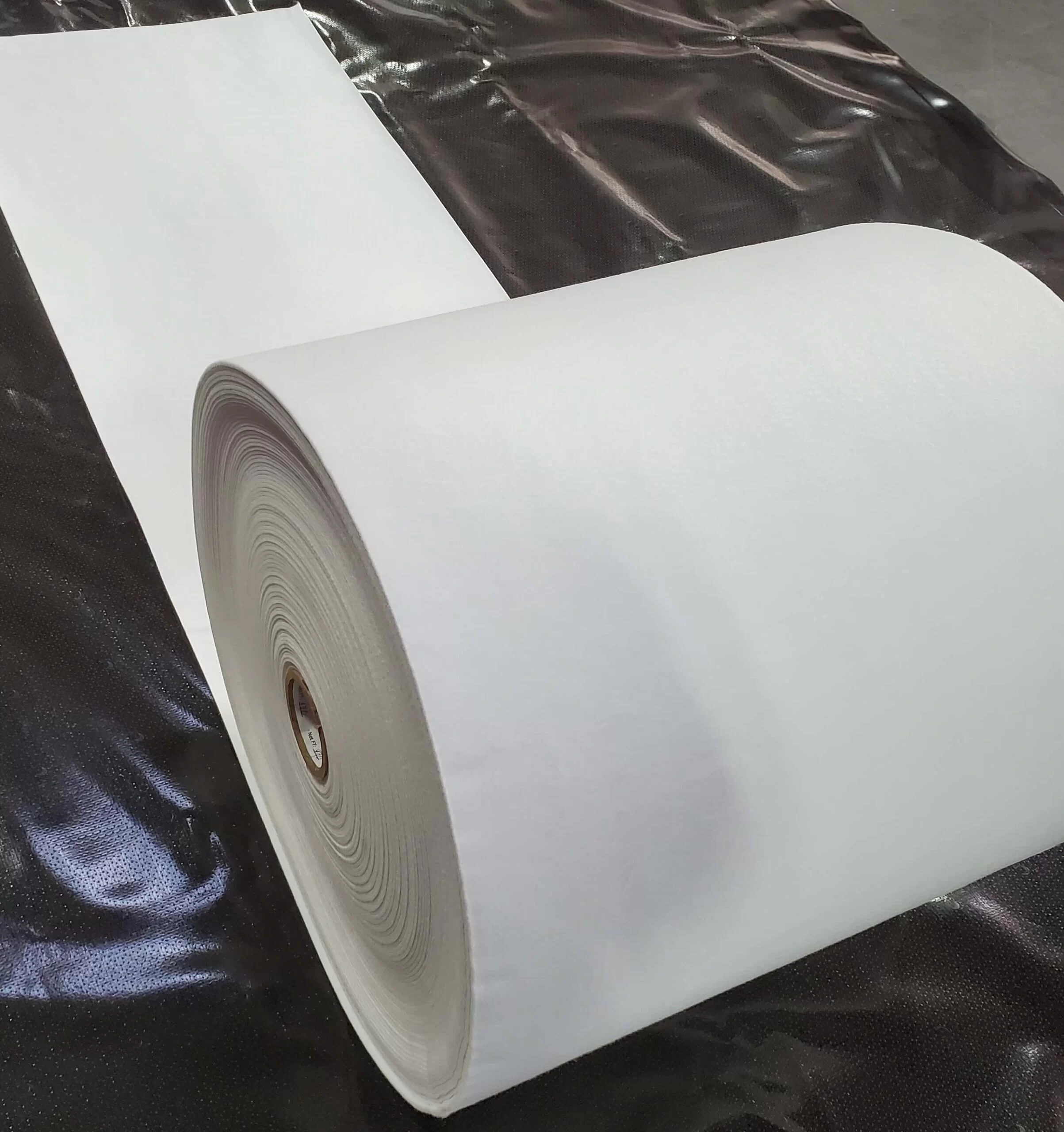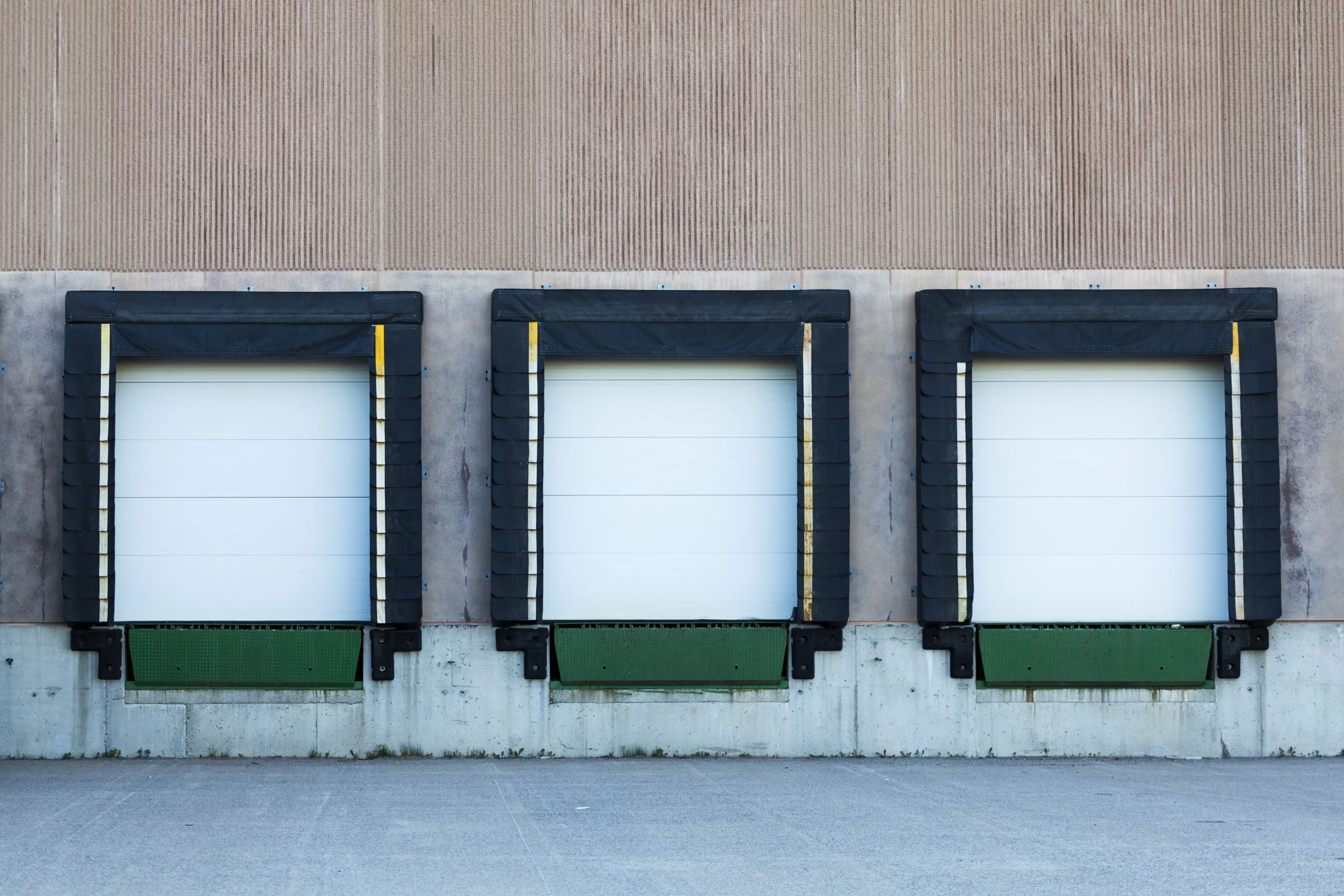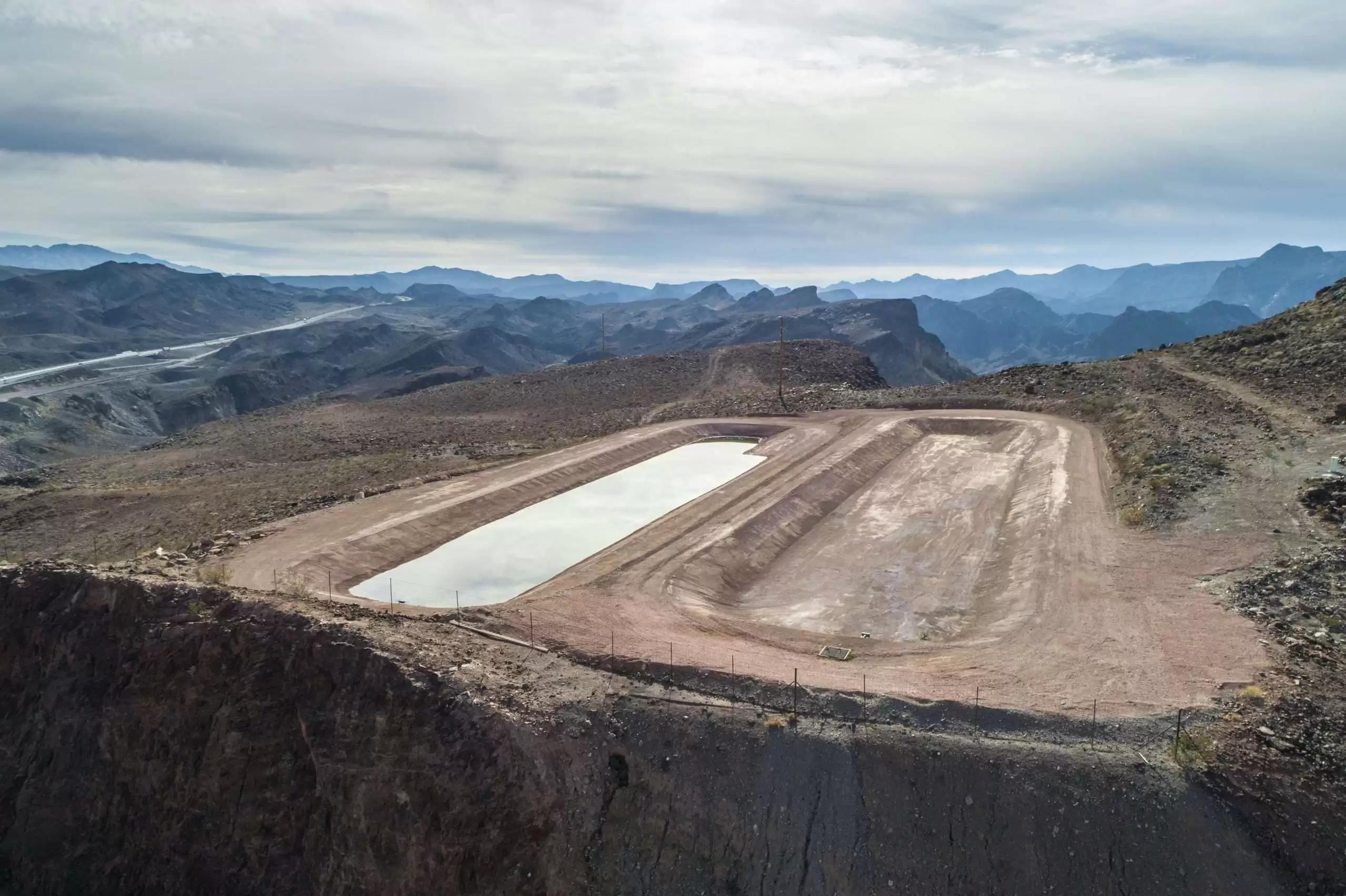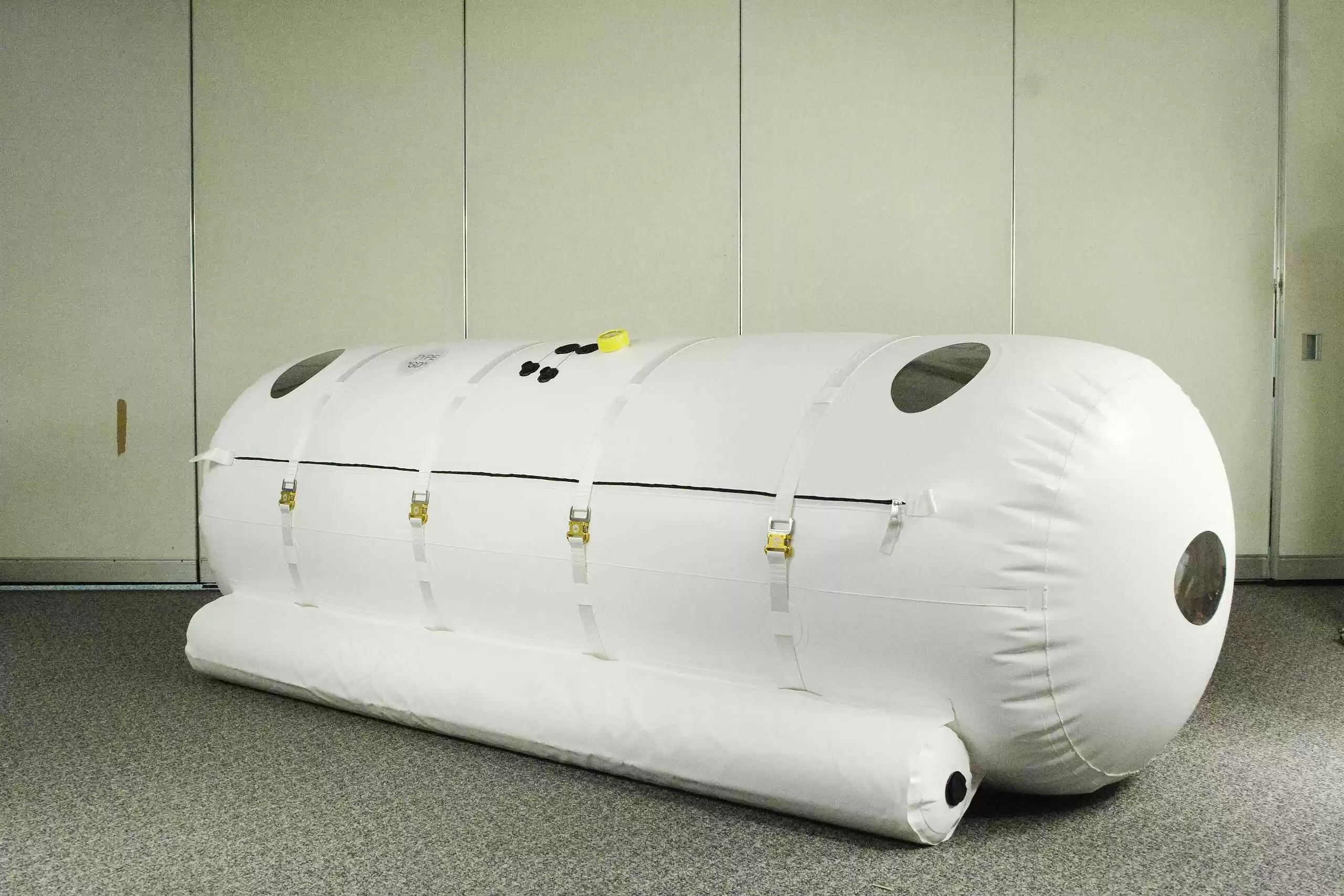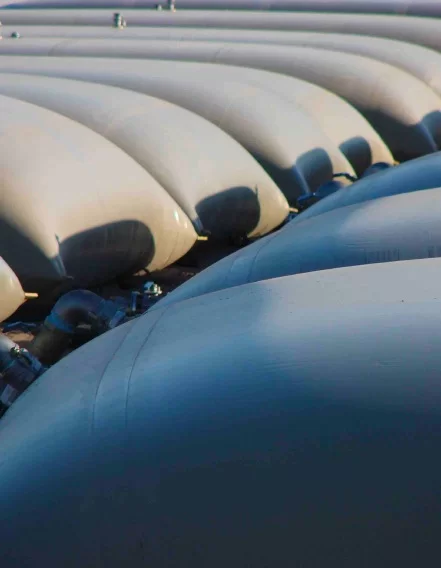Geosynthetics run the gamut in terms of applications. It’s almost impossible to find any part of a substantial infrastructure project, that doesn’t involve the usage of some type of geosynthetic component.
This is why geosynthetics comprise an entire class of materials. They cover a wide range of functions from chemical containment to soil structural reinforcement, and much more in between. So what are the 5 top applications for geosynthetics?
Table of Contents
1. Containment
Any usage that involves geosynthetics as a barrier to liquid or gas materials can be categorized as a containment application. Notable examples include heap leach mining liners, wastewater management, secondary tank containment, and landfill leachate liners. Clay liners, geocomposites, and geomembranes are the most common geosynthetics for containment applications.
2. Drainage
Removal of subsurface or surface water from a specific area is the function of geosynthetics in drainage applications. They provide a dual advantage: firstly to support the fine soil grains from transferring to drainage systems and clogging them up; secondly to support and retain the structure’s integrity. Such systems involve geomembranes, geotextiles, and geogrids in a variety of applications such as dams, tunnels, pavement and roadway, subsurface drainage, and erosion control.
3. Structural Reinforcement
Structural reinforcement refers to the use of geosynthetics to provide reinforcing in civil engineering projects such as pavements, bridge sides, and reinforced earth structures. For example, in supporting the vehicle traffic forces exerted on an asphalt paved road. Structural reinforcement is carried out using geotextiles, geogrids, geocomposites, and geocells, providing an improved service life and low-cost life cycle in basic infrastructure projects.
4. Material Separation
Separation of dissimilar materials in many cases improves the integrity, strength characteristics, function, and service life of both materials. Moreover, this separation contributes to retaining a structure’s parts in distinctive layers, thus preserving their inherent natural drainage behavior. It is usually carried out using geotextiles, geocells, geofoam, or geocomposites to separate layers of aggregate, soil, and other base fill materials. Common application examples include road paving, railroads preparation, highways, airfields, and parking lot construction.
5. Filtration
Most civil engineering applications involve filtration geosynthetics layers. An important part of the project, they remove and separate moisture or fine particles from a structure, instead of the more traditional sand or aggregate filtration layers. Apart from providing advantages such as easier installation and stability, geosynthetics such as geomembranes and geotextiles are widely accepted to provide excellent filtration results. They provide solutions for the construction of airfields, highways, and sports courts.
Geosynthetics Manufacturer
Working with a manufacturer you can count on is ideal for large-scale projects. Connect with a member of the E Squared team for more information on our geosynthetic product solutions.

